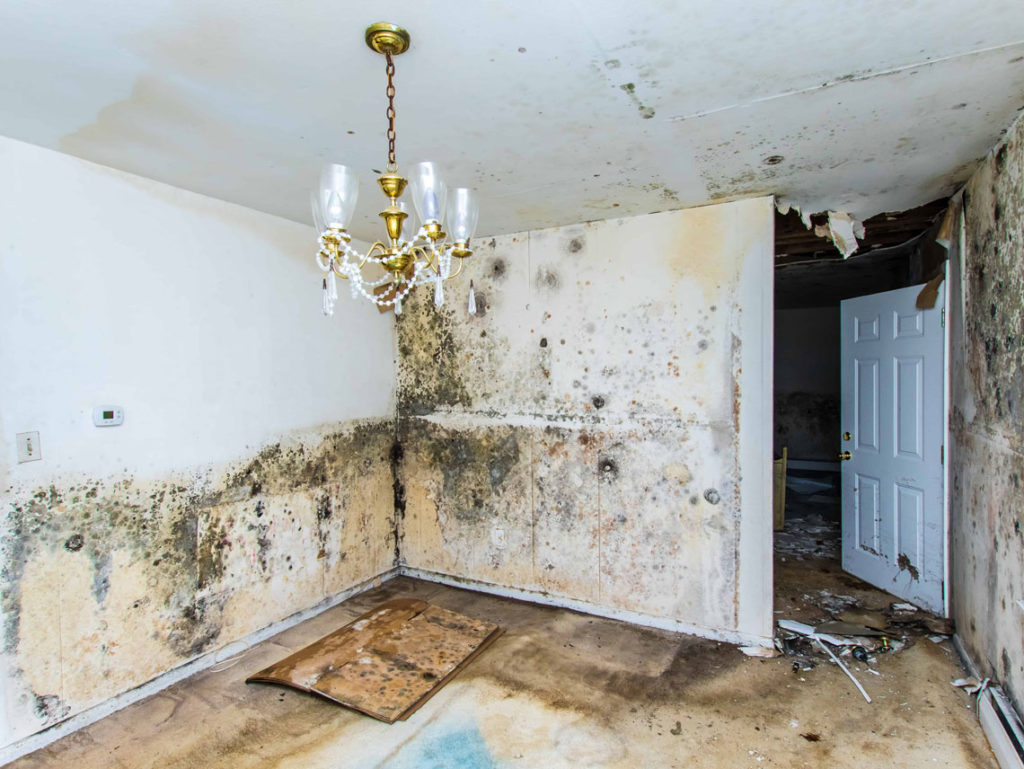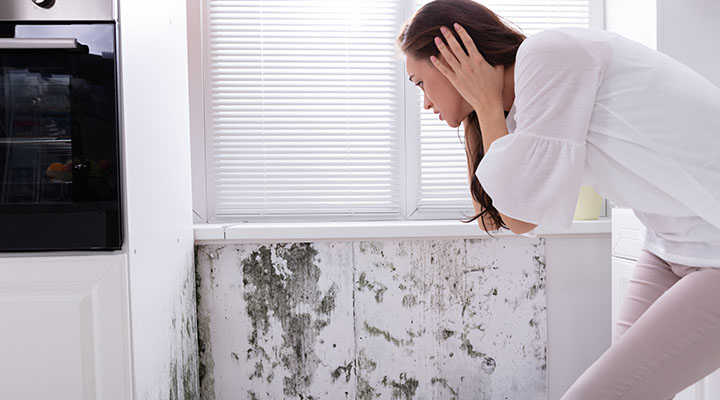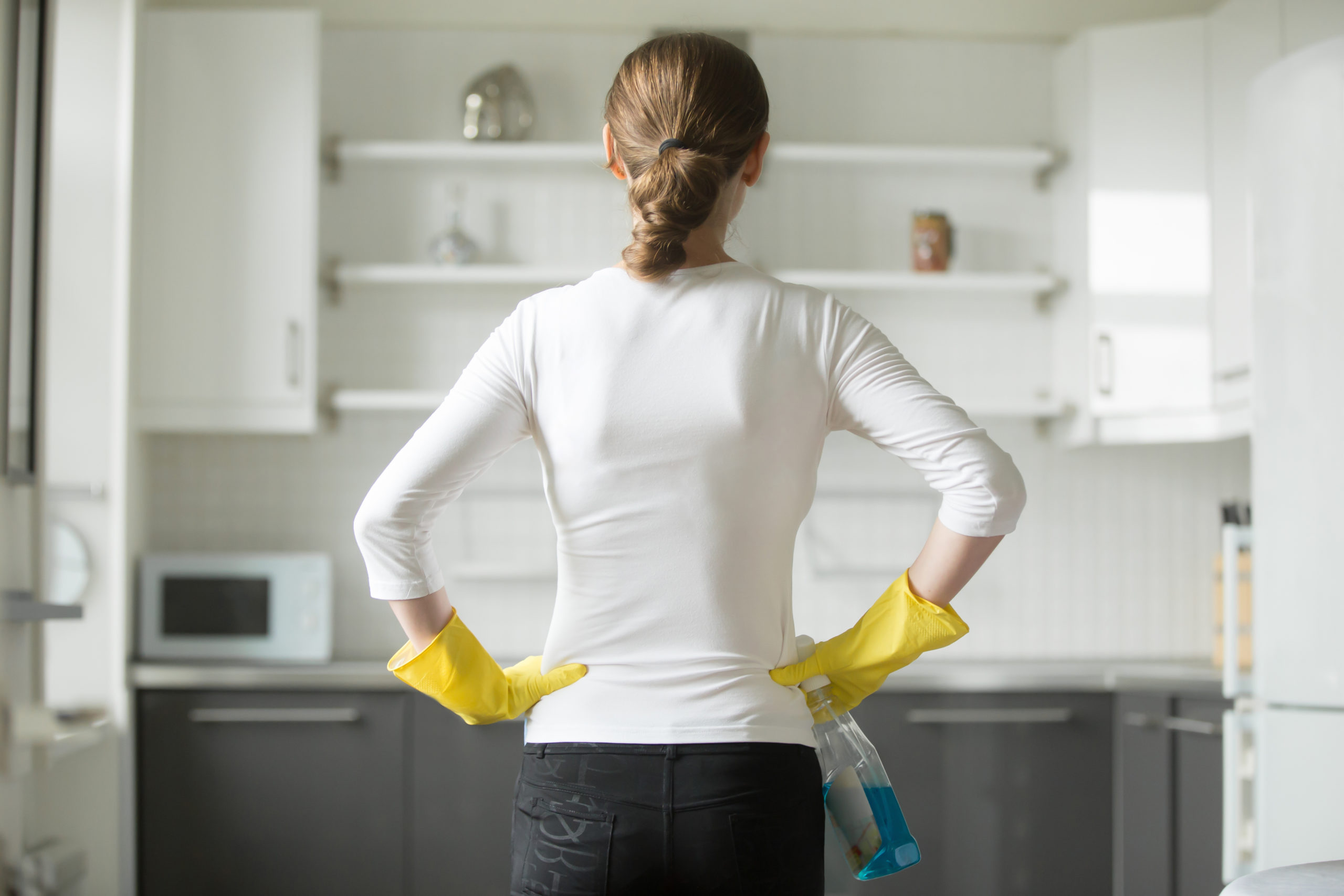Mold is more than just an unsightly problem in your home—it poses significant health risks and can lead to structural damage if left untreated. Identifying and removing mold promptly is essential to creating a safe and healthy environment for you and your family. In this guide, we’ll discuss the hidden dangers of mold and provide actionable steps to eliminate it.
Why Mold in Your Home is Dangerous
Mold spores thrive in damp environments, often forming in areas like bathrooms, basements, and kitchens. While the growth of mold may seem harmless at first, it can quickly become a serious problem.
Here are some key dangers associated with mold:
1️⃣ Health Risks: Mold releases spores that can cause respiratory issues, allergies, and even asthma. Symptoms may include coughing, sneezing, irritated skin, and watery eyes. Those with weakened immune systems or pre-existing respiratory conditions are at higher risk.
2️⃣ Structural Damage: Over time, mold can weaken the structural integrity of your home. Mold can rot wood, damage insulation, and compromise your home’s foundation.
3️⃣ Unpleasant Odors: Mold produces a musty smell that can linger, making your living space uncomfortable.
4️⃣ Toxic Mold: Certain types of mold, like black mold (Stachybotrys chartarum), are particularly hazardous. Toxic mold can cause severe health problems, including neurological issues.

How to Identify Mold in Your Home
Spotting mold early is crucial for preventing further damage. Mold typically appears in moist areas and can take on various forms, from black spots to greenish fuzz.
Here’s how to detect mold in your home:
➤ Visual Inspection: Check for visible signs of mold on walls, ceilings, and windowsills. Mold often appears as dark spots or patches.
➤ Smell: Mold emits a distinct musty odor. If you notice an unusual smell in certain areas, especially where moisture is present, it’s a sign mold could be growing.
➤ Health Symptoms: If you or your family members are experiencing allergy-like symptoms that worsen indoors, it could indicate mold is present.
Effective Ways to Eliminate Mold
Once mold has been detected, taking immediate action is necessary. Here’s a step-by-step process to eliminate mold safely and effectively:
1️⃣ Isolate the Area: Prevent the spread of mold spores by sealing off the affected area. Use plastic sheeting to cover doorways and vents.
2️⃣ Wear Protective Gear: When cleaning mold, always wear gloves, goggles, and an N95 mask to avoid inhaling spores.
3️⃣ Use a Mold-Removal Product: Apply a mold-specific cleaning solution to the affected areas. Products with bleach or hydrogen peroxide are effective at killing mold on non-porous surfaces. Avoid using bleach on porous materials like wood, as it may not fully penetrate and kill the mold.
4️⃣ Scrub the Area: Use a stiff-bristle brush to scrub the moldy surface. Make sure to remove all visible traces of mold.
5️⃣ Dry the Area Completely: Mold thrives in damp conditions, so ensure that the area is thoroughly dried to prevent regrowth. Use fans or dehumidifiers to speed up the drying process.
6️⃣ Call Professionals for Large Infestations: For severe or widespread mold infestations, it’s best to hire professionals. Professional mold removal services use specialized equipment to safely remove mold and prevent it from returning.
To get a personalized quote for mold removal in London, visit our Get a Quote page.
Preventing Mold from Returning
Preventing mold growth in the future is key to maintaining a healthy home. Here are a few tips to help keep mold at bay:
- Control Humidity: Keep indoor humidity levels between 30-50%. Use dehumidifiers in damp areas like basements and bathrooms.
- Fix Leaks Promptly: Water leaks are a major cause of mold. Repair any leaks in your roof, windows, or plumbing to prevent moisture buildup.
- Ventilate: Ensure proper ventilation in high-moisture areas like kitchens and bathrooms. Use exhaust fans or open windows to reduce humidity levels.
- Clean Regularly: Wipe down moisture-prone areas such as shower walls, windowsills, and sinks regularly to prevent mold growth.
- Use Mold-Resistant Products: Consider using mold-resistant paint and building materials in areas prone to dampness, such as basements or bathrooms.
Conclusion
Mold is not just an eyesore—it can seriously impact your health and damage your home. By identifying mold early and taking steps to remove it, you can ensure your living environment remains safe and healthy. Don’t hesitate to contact professional mold removal services if you’re dealing with a large infestation.
For a tailored solution and professional assistance in mold removal, visit our Get a Quote page today.
Additional Resources:
- For more on mold prevention, visit the Centers for Disease Control and Prevention (CDC).
- The Environmental Protection Agency (EPA) provides in-depth information on mold hazards and removal techniques.




